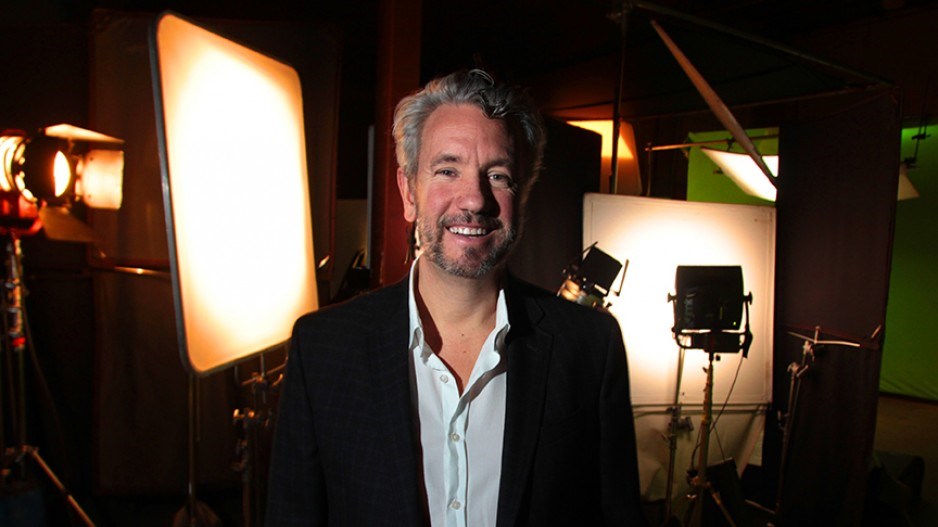A tour of the lot at Burnaby’s Bridge Studios reveals something uniform about the whole operation.
Each stage is booked.
And each production there falls under the banner of Brightlight Pictures.
“It’s the first time we’ve had every stage tied up at the Bridge Studios, which is something that’s always been a goal since the first time we moved here 15 years ago,” said Brightlight’s Shawn Williamson, president of the Canadian production company whose credits range from ABC’s The Good Doctor to Seth Rogen’s The Interview.
The local film and TV industry isn’t quite at capacity the way it was two years ago, when Williamson estimated there were about 54 shows shooting around Vancouver. But the city isn’t far behind that number, either.
“We’re at the edge of an incredible amount of growth,” he said. “I won’t be surprised to see 75 shows shooting within two years in Vancouver, which is honestly crazy to think about now because the number of people we’d have to employ far exceeds the current ability to crew up here.”
Exponential growth, due in part to the rise of Netflix Inc. (Nasdaq:NFLX) and Amazon Prime Video, could be a challenge for the local industry.
“If producers hear that we don’t have enough crew, that could be a competitive disadvantage,” said Liz Shorten, senior vice-president of operations and member services for the B.C. chapter of the Canadian Media Producers Association. “We’re doing everything we can to address those issues and to avoid that kind of reputation. I don’t think we’ve got that reputation right now.”
Shorten said the industry has been looking to cultivate talent through career fairs and high school outreach. Meanwhile, she said, unions have been accelerating their own efforts to get people working on productions.
But seeking to recruit experienced crews from Ontario and Quebec may not be fruitful, according to Williamson, who said those provinces will likely experience growth similar to B.C.’s in the coming years.
Williamson said Vancouver’s film and TV sector has also had success recruiting Americans.
“The industry here has really responded to the growth in the last three to five years,” said Creative BC CEO Prem Gill, whose agency promotes film, TV, music and publishing on behalf of the provincial government.
Creative BC estimated last year that the film and TV industry represented a $2.6 billion share of the provincial economy – an all-time high for the province.
Gill said the sector has been quick to keep pace, doubling the amount of studio space in Metro Vancouver.
Creative BC’s industry report revealed the province has 2.5 million square feet of studio space spread across 58 studios and 100 stages. Most of that space is concentrated in Metro Vancouver.
“The fact that we grew from 42 to, at our peak, almost 55 crews in the last two and a half years or so shows that we can do it,” Gill said.
Further growth seems almost guaranteed.
PwC’s Entertainment & Media Outlook 2018–2022, released earlier this month, estimated Netflix would spend US$8 billion on content this year. A report by JPMorgan earlier in the year estimated Amazon.com Inc. (Nasdaq:AMZN) would spend US$5 billion on content.
“It wasn’t comfortable crewing up two years ago,” Williamson said. “But we’ve been fortunate over the last couple of years to rebuild our infrastructure and our crew base.”

.jpg;w=120;h=80;mode=crop)

